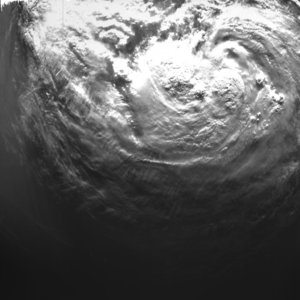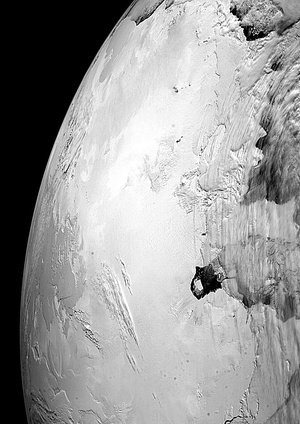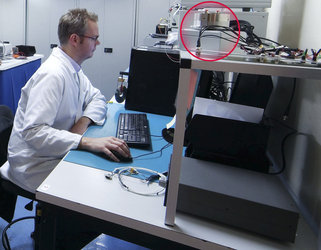

Proba-2’s glimpse of home
Thank you for liking
You have already liked this page, you can only like it once!
As ESA’s veteran Proba-2 mission monitors the Sun, it also takes occasional glimpses back to its homeworld – as seen in this expansive view of western Europe.
On the underside of the washing-machine-sized satellite is an espresso-cup sized camera, the compact Exploration Camera, X-Cam, manufactured by Swiss company Micro-Cameras & Space Exploration. Observing in visible light, the monochrome X-Cam has a 100° field of view.
The X-Cam was one of 17 experimental technologies embarked on Proba-2 when it was launched back in 2009. The aim was to give these technologies early flight experiment, helping to market them to customers.
Stephane Beauvivre, CEO of Micro-Cameras & Space Exploration comments: “We’re still using the X-Cam on Proba-2 occasionally – it is very interesting in order to promote our products and show that it still works after all these years in orbit.
“Since then we’ve flown other cameras that are used to monitor deployments of satellite appendages, as well as during planetary flybys, such as on Sentinel-1A, BepiColombo and Juice.
“We have also recently delivered to NASA all the cameras – providing navigation, hazard and aft views – for the VIPER rover, which will mark NASA’s first lunar landing since the Apollo programme.”
-
CREDIT
Micro-Cameras & Space Exploration -
LICENCE
ESA Standard Licence

Proba-2's X-Cam view of Europe

X-Cam image of Tropical Storm Isaac

Proba-2 view of Pine Island Glacier iceberg

XCAM camera

